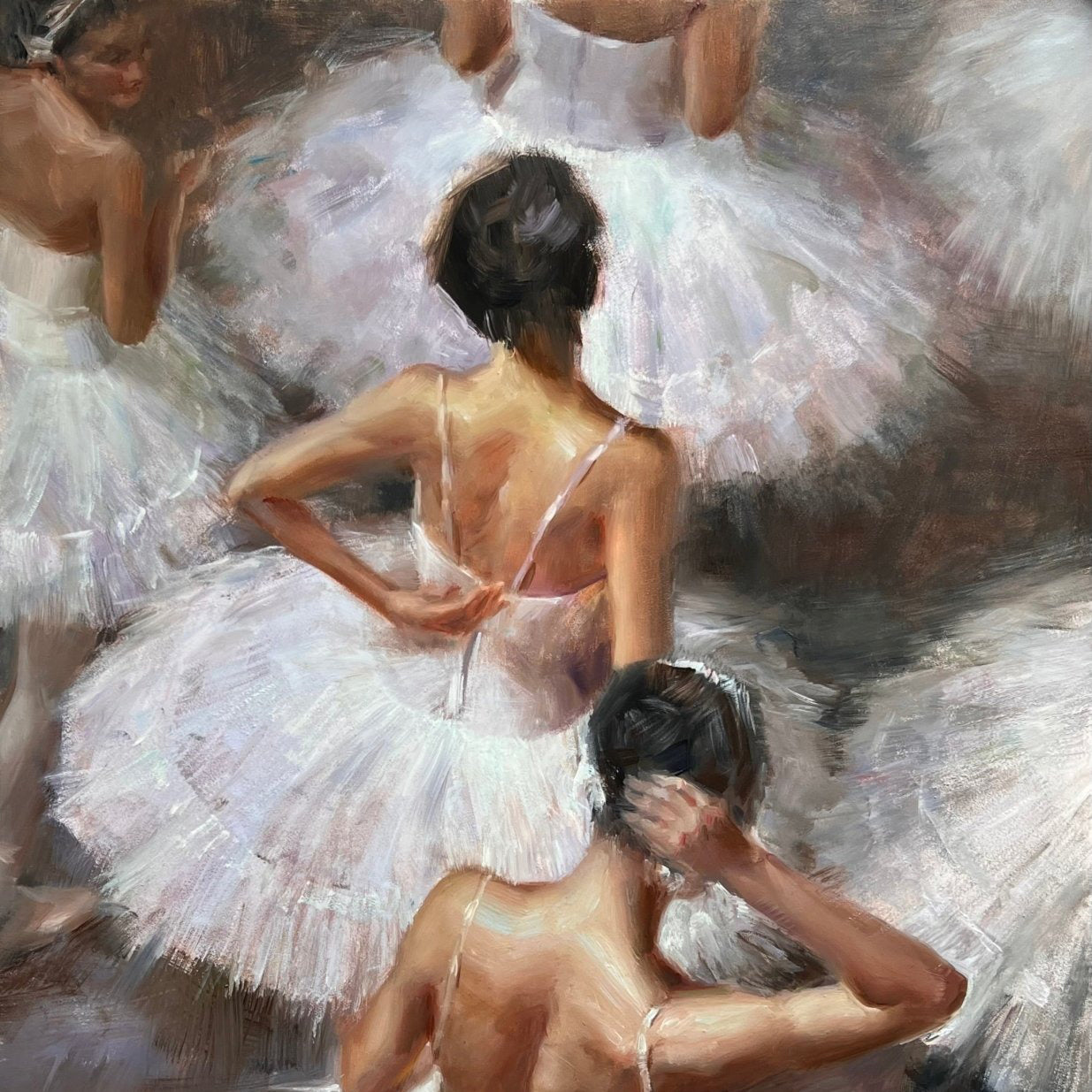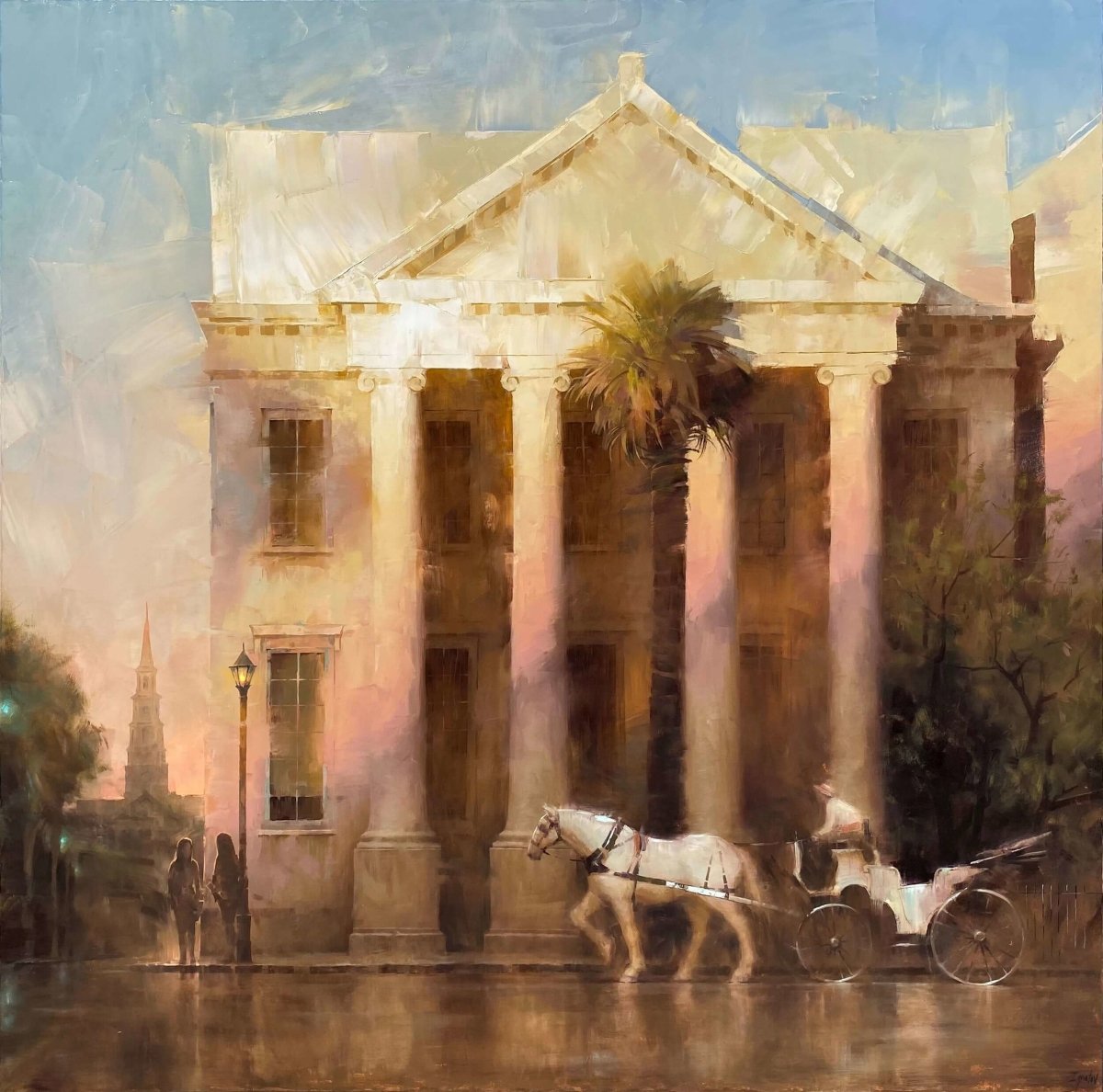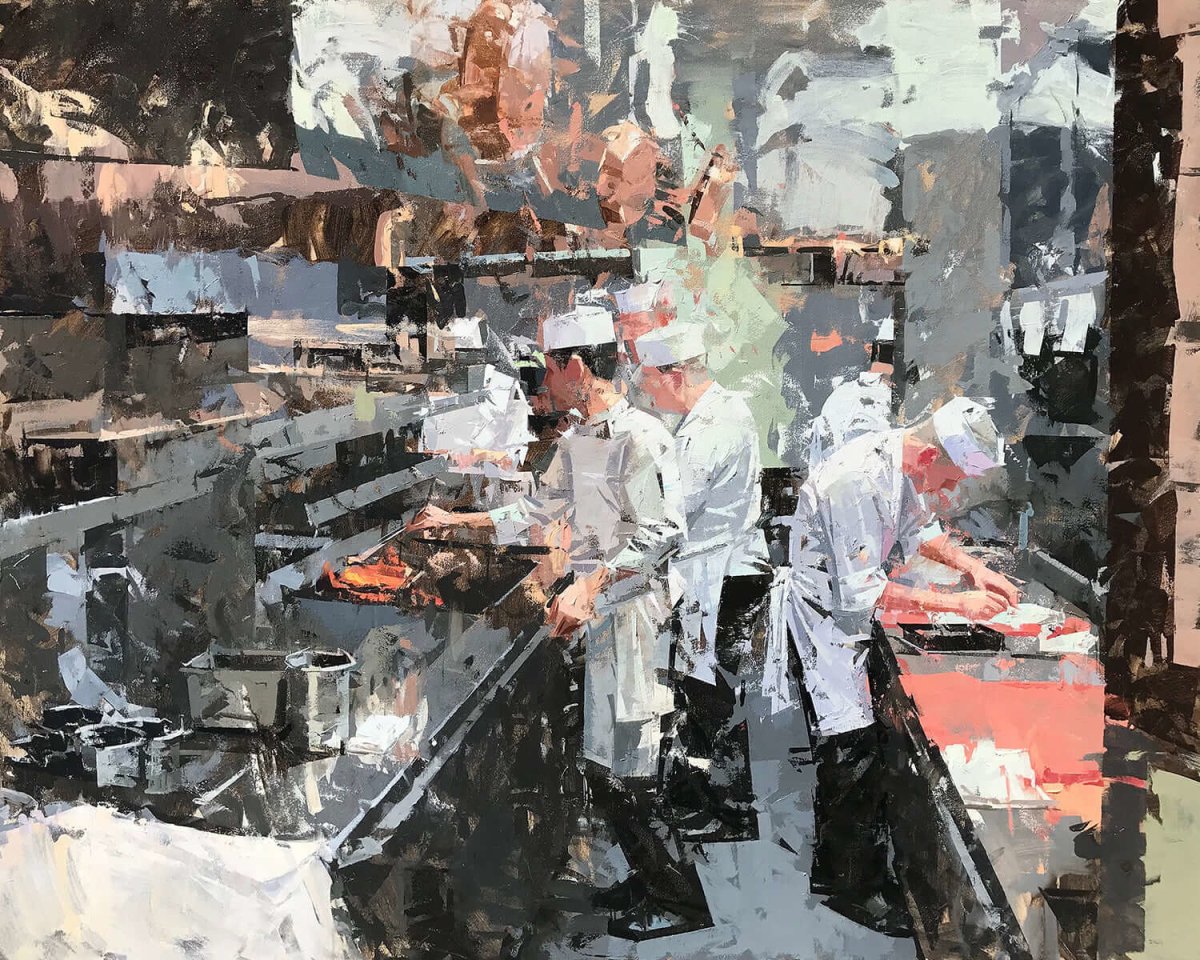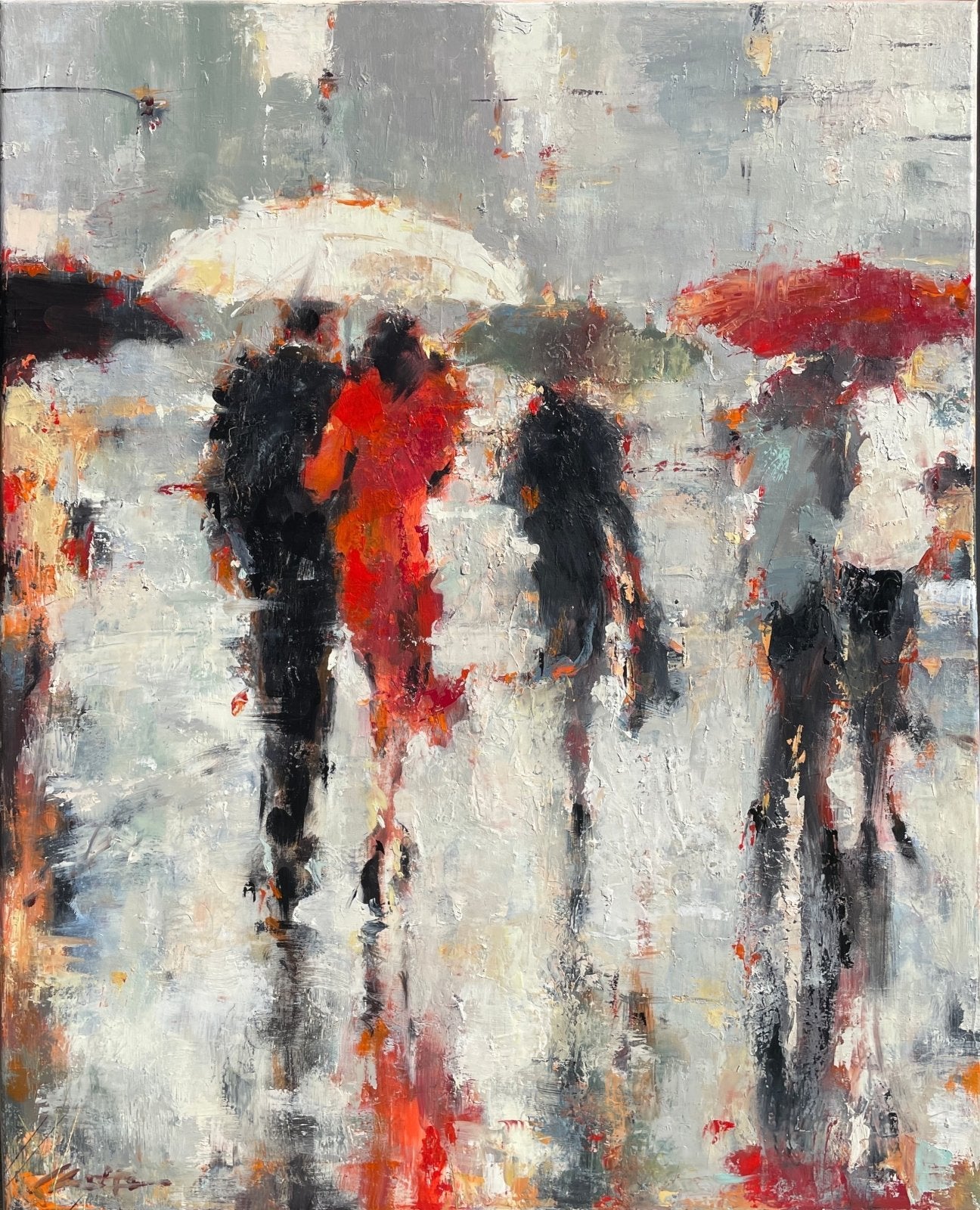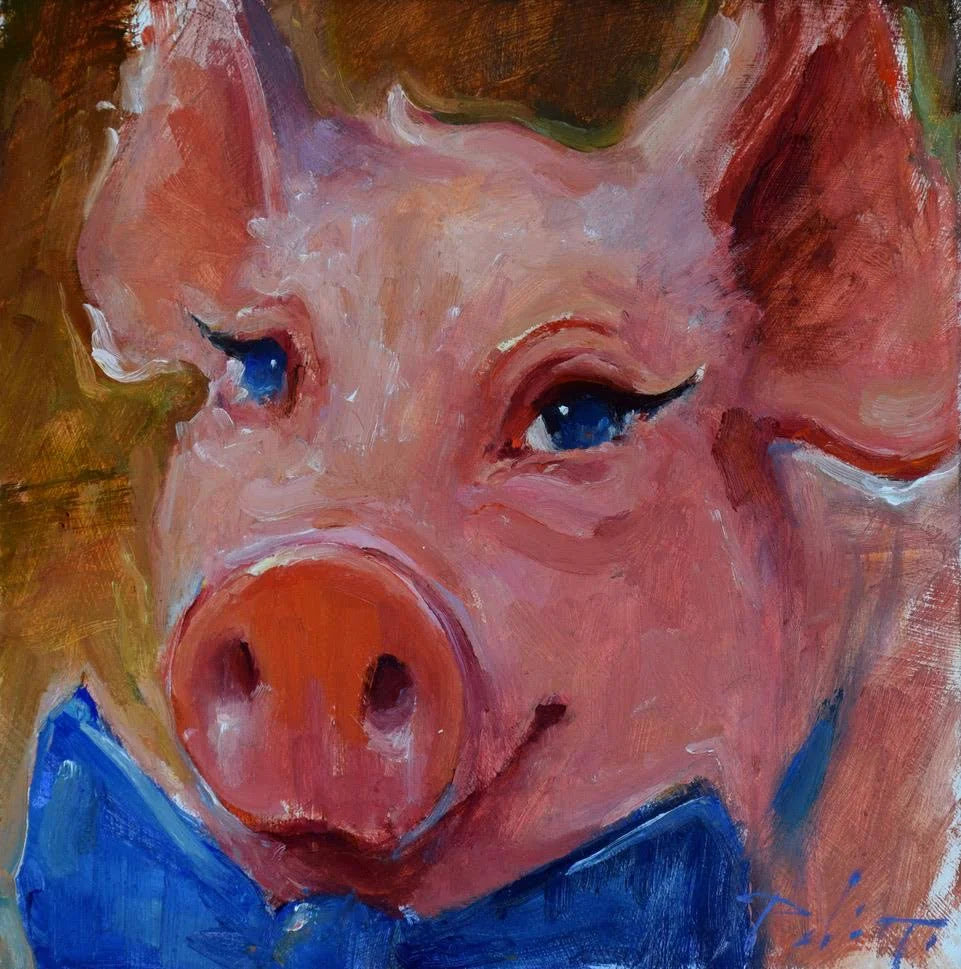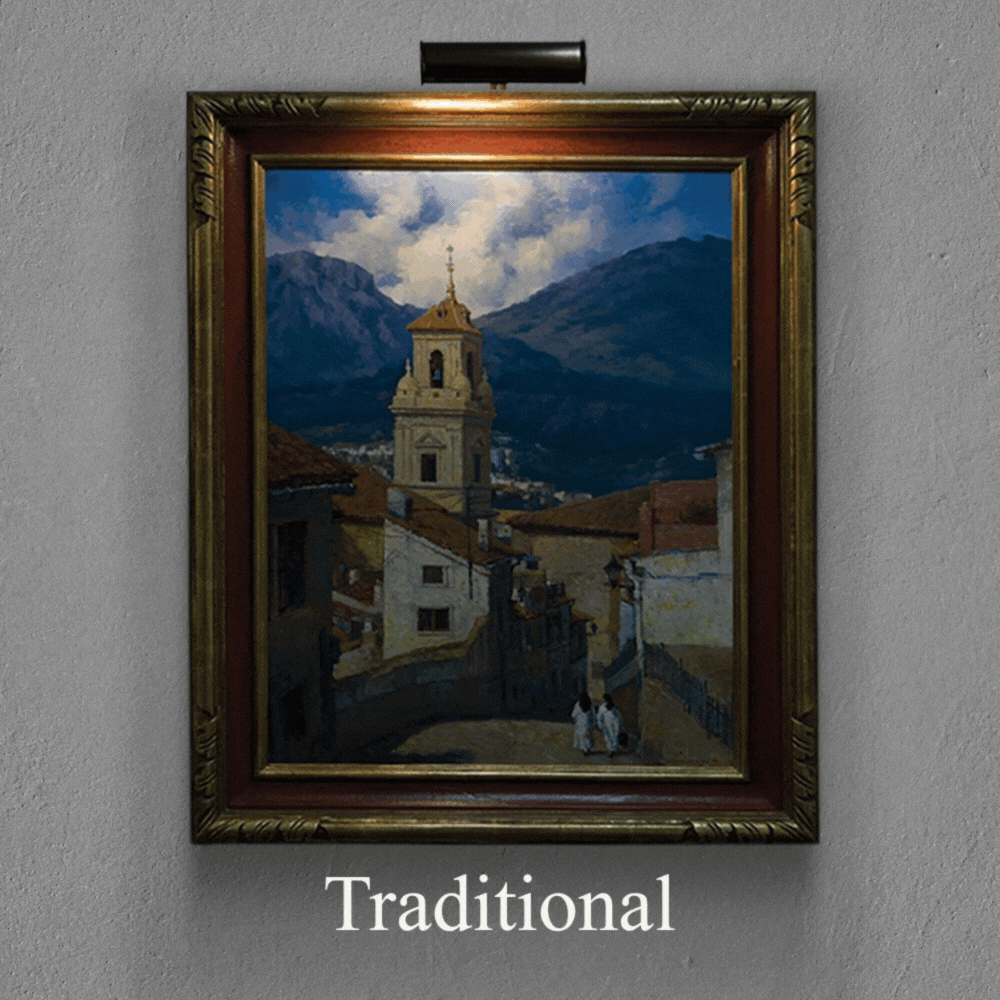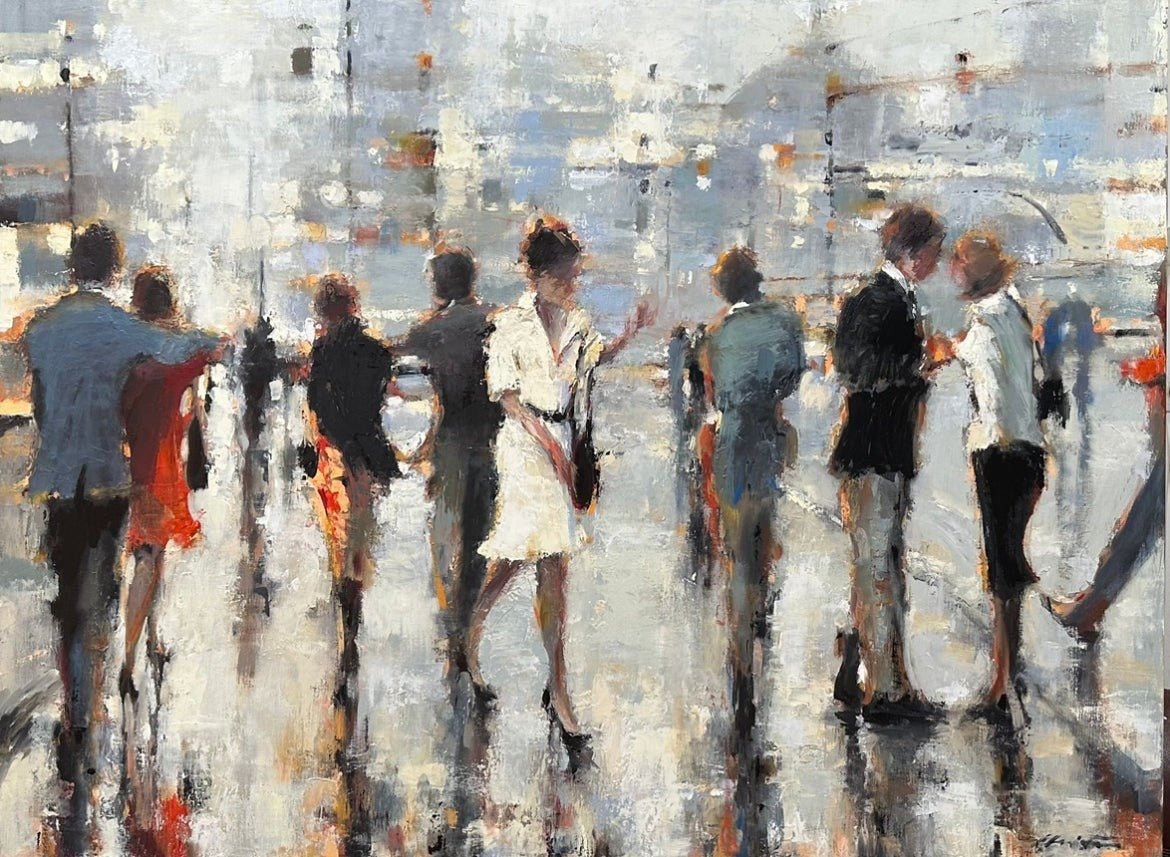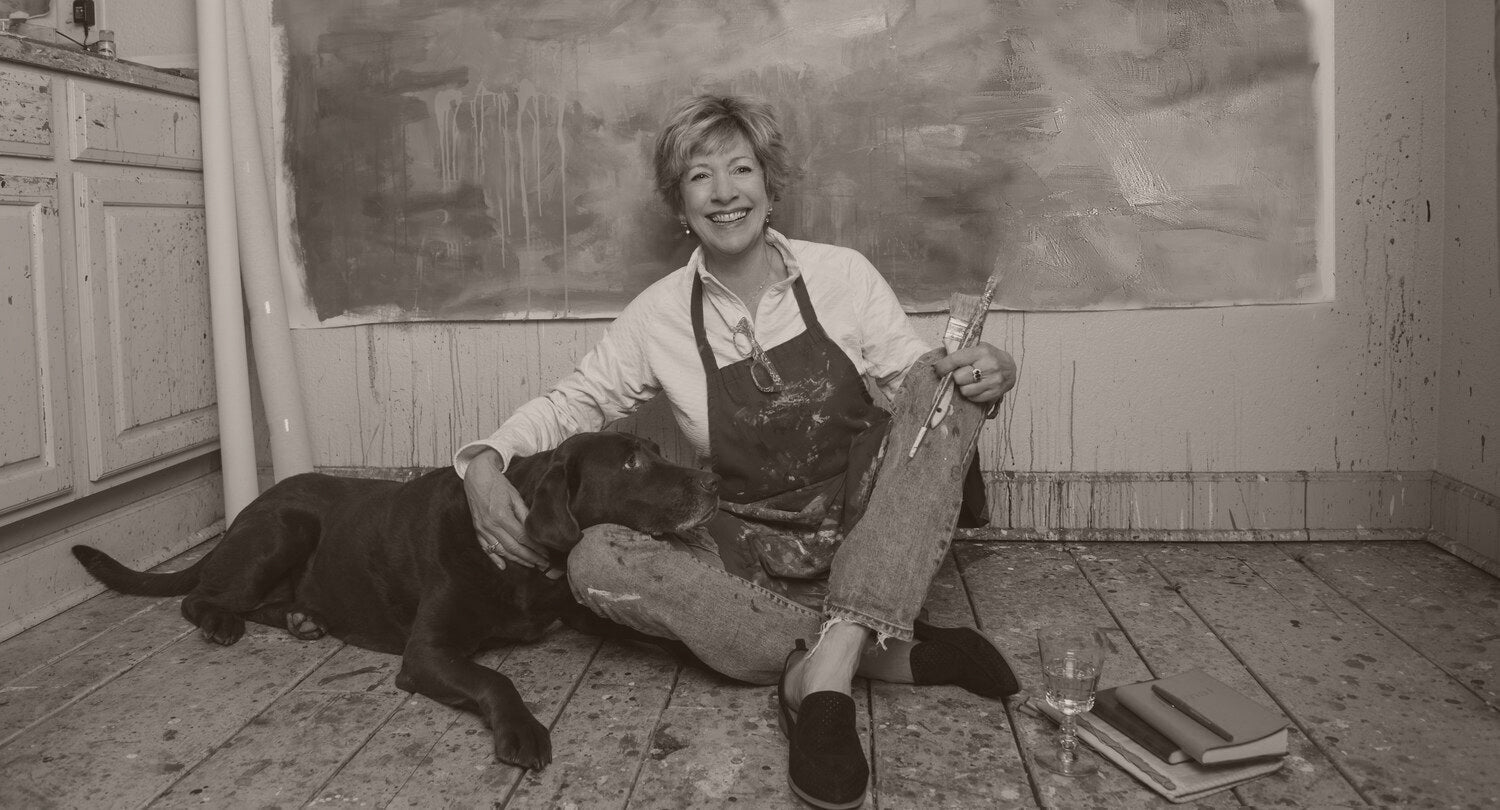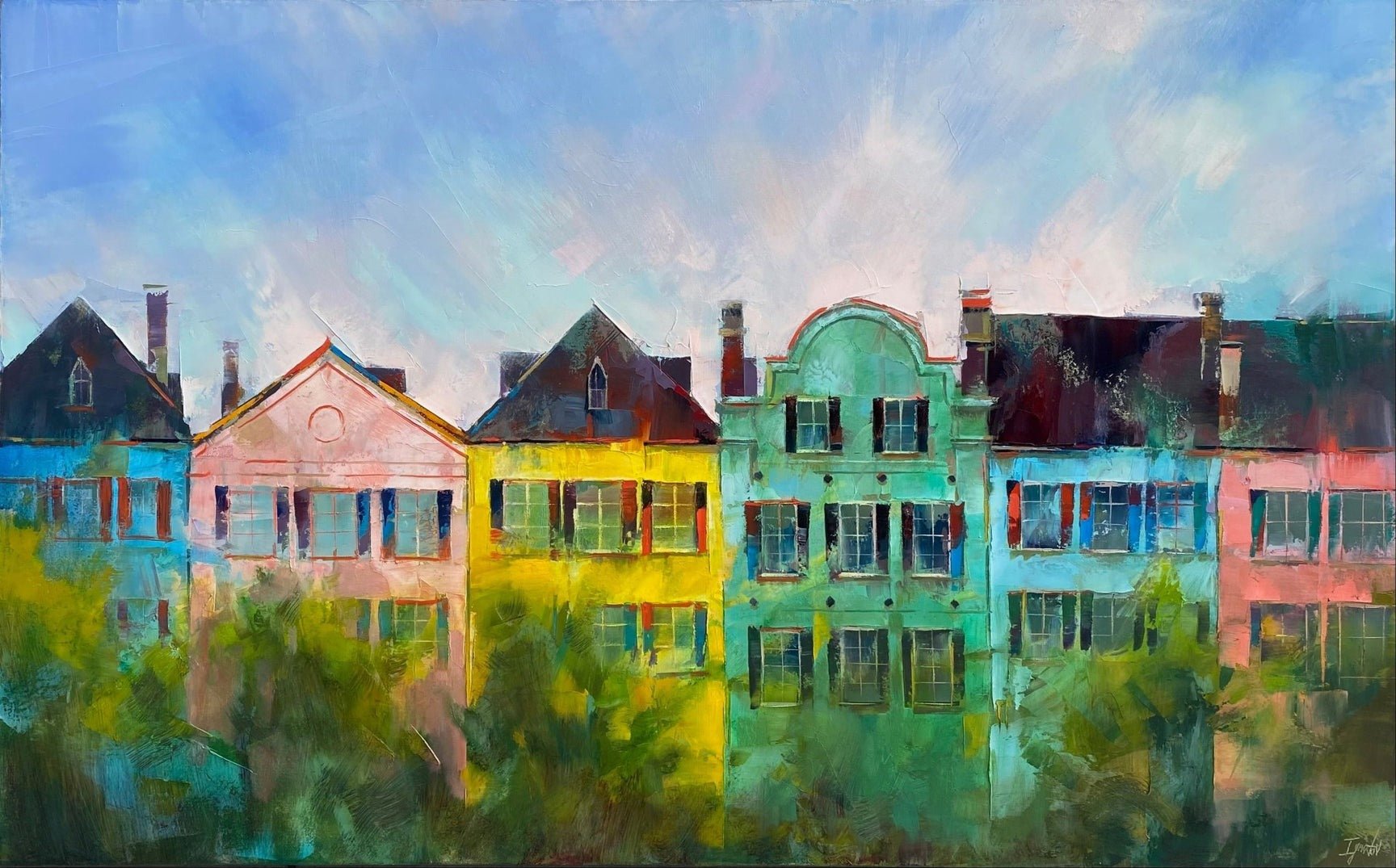Romantic Paintings: Exploring Beauty and Passion
The Timeless Emotion of Romantic Paintings: Exploring Beauty and Passion
The Power and History of Romantic Paintings
Romantic paintings and Romantic art have captivated audiences for centuries. Emerging in the late 18th century, Romanticism responded to the Enlightenment and the Industrial Revolution. This art movement emphasized emotion, individualism, and the sublime beauty of nature, contrasting sharply with the rationality and order of Neoclassicism.
Why Romantic Paintings Are So Powerful
Romantic paintings evoke deep emotional responses by focusing on the personal and the dramatic. Here are a few reasons why they continue to resonate:
Emotional Depth
Romantic art explores profound themes such as love, longing, and the sublime. These themes are conveyed through rich colors, dramatic compositions, and expressive brushstrokes. By capturing the intensity of human experience, artists make viewers feel a deep connection to the artwork. For example, vibrant reds and soft, warm hues can evoke feelings of passion and intimacy, while cooler tones and dark shadows might suggest melancholy or introspection.
Nature and the Sublime
Many Romantic painters depicted the overwhelming beauty and power of nature. These works often show humans dwarfed by vast landscapes, emphasizing nature's grandeur and our emotional responses to it. The sublime, a concept popularized during the Romantic era, describes experiences that inspire awe and wonder, often mixing beauty with terror. Paintings like Caspar David Friedrich's "Wanderer above the Sea of Fog" encapsulate this idea, showing a lone figure contemplating an expansive, misty landscape.
Individualism
Romantic artists celebrated the individual's experience and emotions. By focusing on personal perspective, these artists allow viewers to see a reflection of their own feelings and experiences in the artwork. The portrayal of solitary figures, personal struggles, and intimate moments resonates deeply, making the art feel personal and relatable.
Mystery and Imagination
Moreover, romantic paintings often include elements of mystery and fantasy. This imaginative aspect invites viewers to explore the unknown and reflect on the deeper meanings behind the scenes depicted. Mythological themes, supernatural elements, and dramatic narratives add layers of intrigue and fascination to Romantic art.
Themes of Umbrellas and Rain in Romantic Paintings
Umbrellas and rain are recurring motifs in Romantic art, symbolizing various aspects of human experience. These elements often add a layer of emotional depth and atmosphere to the scenes depicted.
Symbolism of Rain
Rain in Romantic paintings often symbolizes renewal, cleansing, and emotional expression. It can represent a moment of introspection or a turning point in the narrative. The sound and feel of rain create an intimate setting, fostering a sense of closeness and vulnerability between characters. In many romantic scenes, rain serves as a backdrop for poignant moments, such as a passionate embrace or a solitary figure lost in thought.
Umbrellas in Romantic Art
Umbrellas convey themes of protection, intimacy, and connection. They symbolize shelter and comfort amidst life's chaos. In scenes depicting couples, umbrellas highlight the bond between them, creating a private space to share their emotions. Additionally, umbrellas add a sense of movement and dynamism to the composition, as the characters interact with their environment.
Lorraine Christie's Use of Umbrellas and Rain
Artist Lorraine Christie masterfully incorporates umbrellas and rain into her romantic paintings. Born in Belfast, Northern Ireland, Christie’s work is characterized by cooler tones and vibrant colors, with expert use of shade and light. Her paintings often depict quiet, tender moments between people in intimate settings, such as cafes or city streets during a rainstorm.
Christie’s Romantic paintings capture the essence of human connection and the beauty of everyday moments. Her use of umbrellas adds a layer of intimacy, as couples huddle close under their shared shelter, emphasizing their emotional bond. The rain creates a soft, reflective atmosphere, enhancing the overall mood of the scene.

Aaron Westerberg's Intimate Portraits
Aaron Westerberg, an American oil painter based in Los Angeles, California, is celebrated for his intimate portraits of women. His work has been compared to that of John Singer Sargent, highlighting his exceptional ability to capture the subtleties of human expression and emotion. Westerberg’s portraits often focus on a single moment in time, using color, shadow, contrast, and tone to explore the depths of human emotion.
Westerberg’s paintings are known for their evocative quality, connecting viewers to the subjects on a deeply personal level. His use of light and shadow creates a sense of intimacy, drawing the viewer into the scene. Each portrait tells a story, revealing the complexities of being alive, loving, and experiencing the full range of human emotions. His solo exhibition, “Distilled Memories,” captures these fleeting moments, immortalizing them on canvas.

Typical Features of Romantic Paintings
Romantic paintings are characterized by several distinct features that set them apart from other art movements:
Dramatic Lighting
Many Romantic paintings use dramatic contrasts between light and shadow to heighten the emotional impact. This technique, known as chiaroscuro, creates a sense of depth and drama, drawing the viewer's eye to specific elements within the composition. Artists like J.M.W. Turner mastered this approach, using light to evoke powerful emotions and highlight the sublime nature of their subjects.
Vivid Colors
Rich, vibrant colors are a hallmark of Romantic art, used to evoke specific emotions and create a sense of drama. The bold use of color makes a scene feel more alive and immediate, enhancing the emotional response. For instance, the intense blues and greens in landscape paintings convey the awe-inspiring beauty of nature, while deep reds and golds evoke warmth and passion.
Expressive Brushstrokes
Unlike the precise lines of Neoclassicism, Romantic paintings often feature loose, expressive brushstrokes that convey movement and emotion. This technique allows artists to capture the dynamic nature of their subjects, whether it's the turbulent sea, a windswept landscape, or the fleeting expression of a human face.
Nature and Landscapes
Romantic artists frequently depicted powerful landscapes, emphasizing the beauty and might of nature. These scenes often included dramatic weather, rugged terrain, and vast, unspoiled wilderness. The focus on nature reflects the Romantic ideal of the sublime, where beauty and terror coexist in a way that stirs deep emotions.
Historical and Literary Themes
Many works are inspired by historical events, literature, and mythology, often depicting dramatic and poignant scenes. These narratives provide a rich context for the emotional and imaginative elements of Romantic art, allowing artists to explore complex themes of heroism, tragedy, and human struggle.
The Legacy of Romantic Paintings
Romanticism has left a lasting impact on the art world. Its emphasis on emotion and individual experience paved the way for later movements such as Impressionism and Symbolism. The power and beauty of Romantic paintings continue to inspire and move people today, demonstrating their timeless appeal.
Romantic paintings are not only valued for their aesthetic qualities but also for their ability to connect with viewers on an emotional level. They remind us of the power of nature, the depth of human emotions, and the importance of individual perspective. These artworks offer a window into the human soul, capturing the beauty, passion, and complexity of life.
Conclusion
In conclusion, our collection of romantic paintings celebrates the profound emotional depth and timeless beauty of this influential art movement. Whether you are an art enthusiast or looking to add a touch of romance to your space, these paintings offer an evocative glimpse into the world of Romantic art.
Explore our selection to find pieces that resonate with your personal experiences and emotions. From the dramatic landscapes of Caspar David Friedrich to the intimate portraits of Lorraine Christie and Aaron Westerberg, our collection showcases the best of Romanticism. Each painting is a testament to the enduring power of this art form, inviting you to experience the beauty and emotion that Romantic paintings offer.
For more information or to purchase any of these artworks, reach out to us. Our knowledgeable staff is ready to assist you in finding the perfect piece for your collection. Whether you are drawn to the sublime beauty of nature or the intimate moments of human connection, our collection of romantic paintings and Romantic art has something to inspire and captivate everyone.


